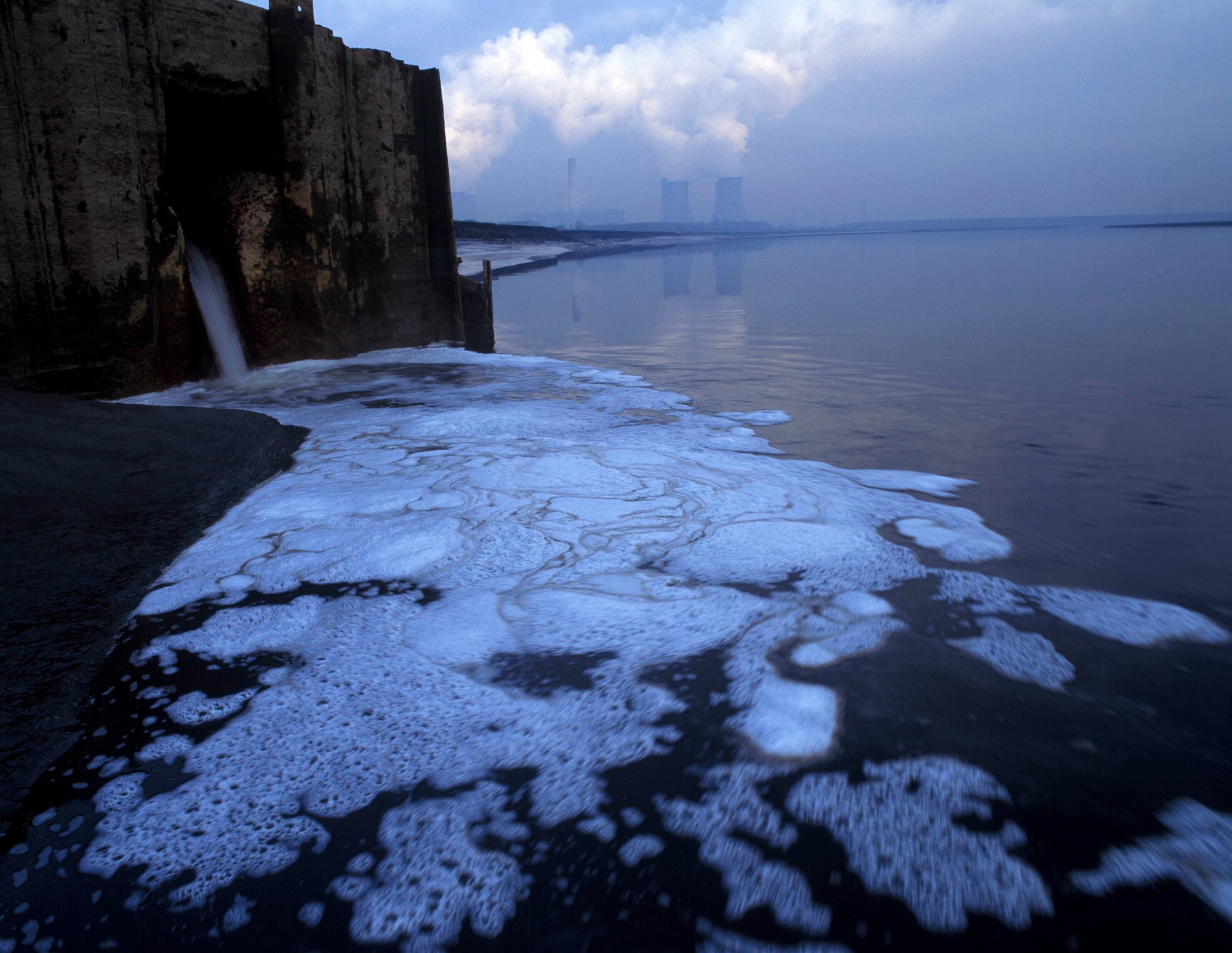Travelers in Europe are advised to avoid areas with thick sea foam
Sea foam formed when waves meet the shore turned out to be saturated with “eternal chemicals,” as The Guardian notes, a study of sea water quality commissioned by the Dutch government revealed a serious danger to human health.
The research began in Belgium, where analysis of sea foam was carried out. The study found high concentrations of per- and polyfluoroalkyl compounds (PFAS) in the samples. These compounds are widely used for their waterproofing properties, but they are also characterized by slow decomposition.
After this, the Netherlands Institute of Public Health did its own study, which confirmed the presence of dangerous chemical compounds in sea foam. This information highlights the need for caution in coastal areas where sea foam may form and draws attention to potential risks to human health.
Study on PFAS concentrations in Dutch coastal zones: Important findings

Subsequently, the Netherlands Institute of Public Health expanded its research to coastal areas in the provinces of Zeeland and Holland. The results of this additional study also confirmed the presence of PFAS, although at lower but still significant concentrations.
Scientific research warns of the toxic effects of synthetic PFAS chemicals, which may have negative effects on the human immune system and may also be potentially linked to certain types of cancer and reproductive disorders. These compounds also pose certain risks to wildlife
The Dutch Minister of Water, Mark Harbers, notes that several precautions should be taken into account, including showering after exposure to sea foam, regularly washing hands before eating, and the need to prevent situations in which children and pets could ingest sea foam. These measures are aimed at reducing the potential risks associated with PFAS in sea foam.

